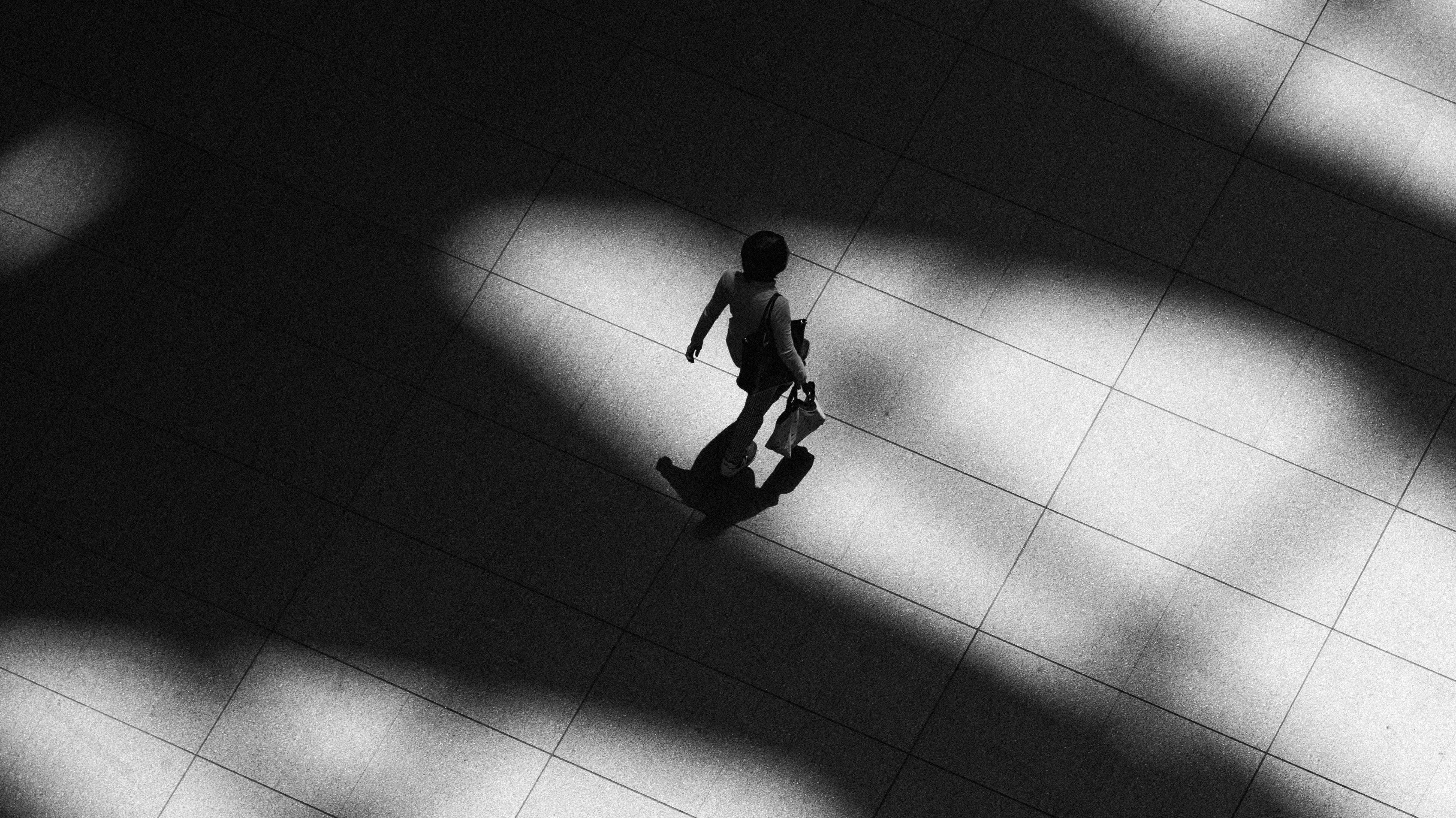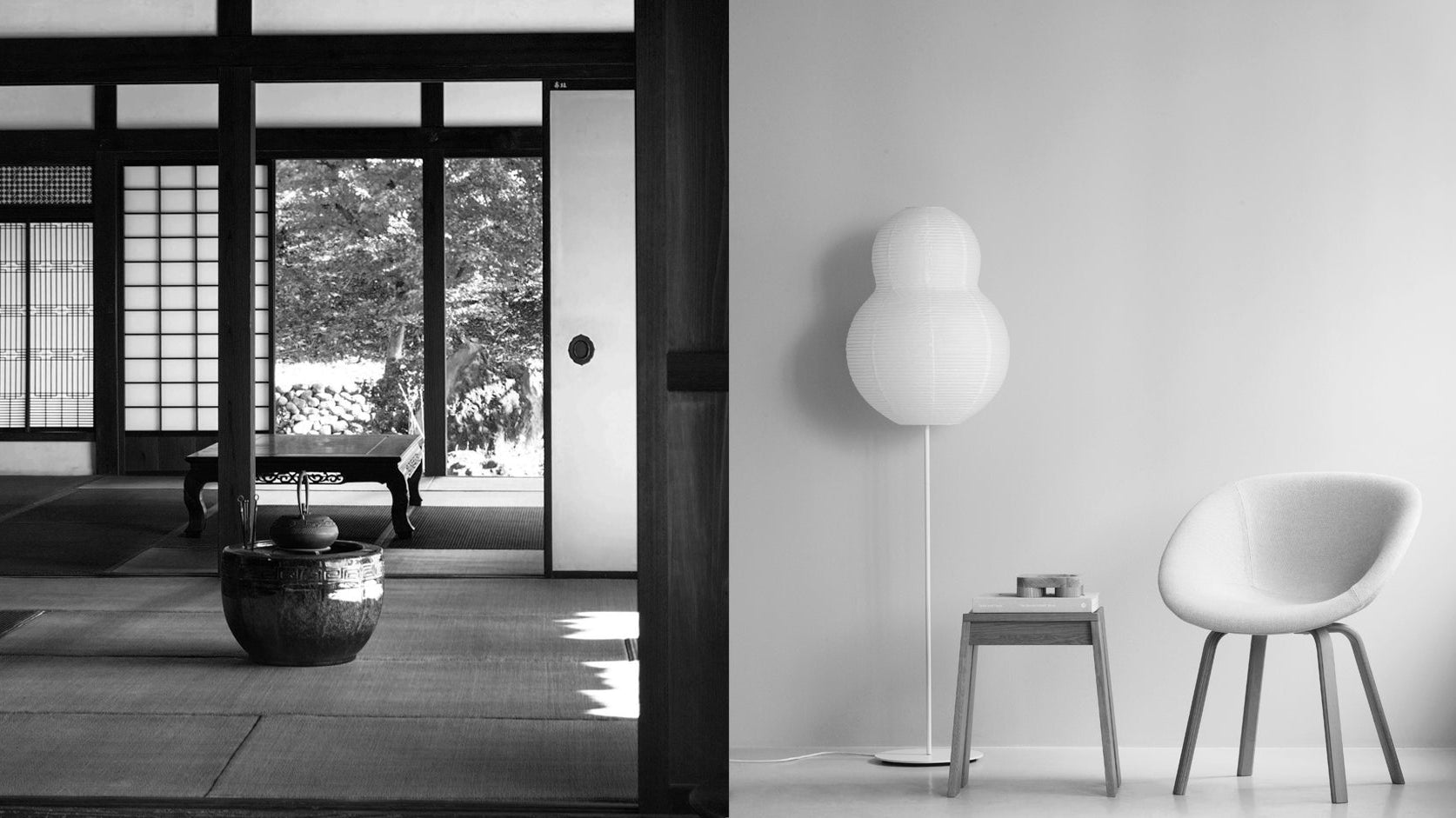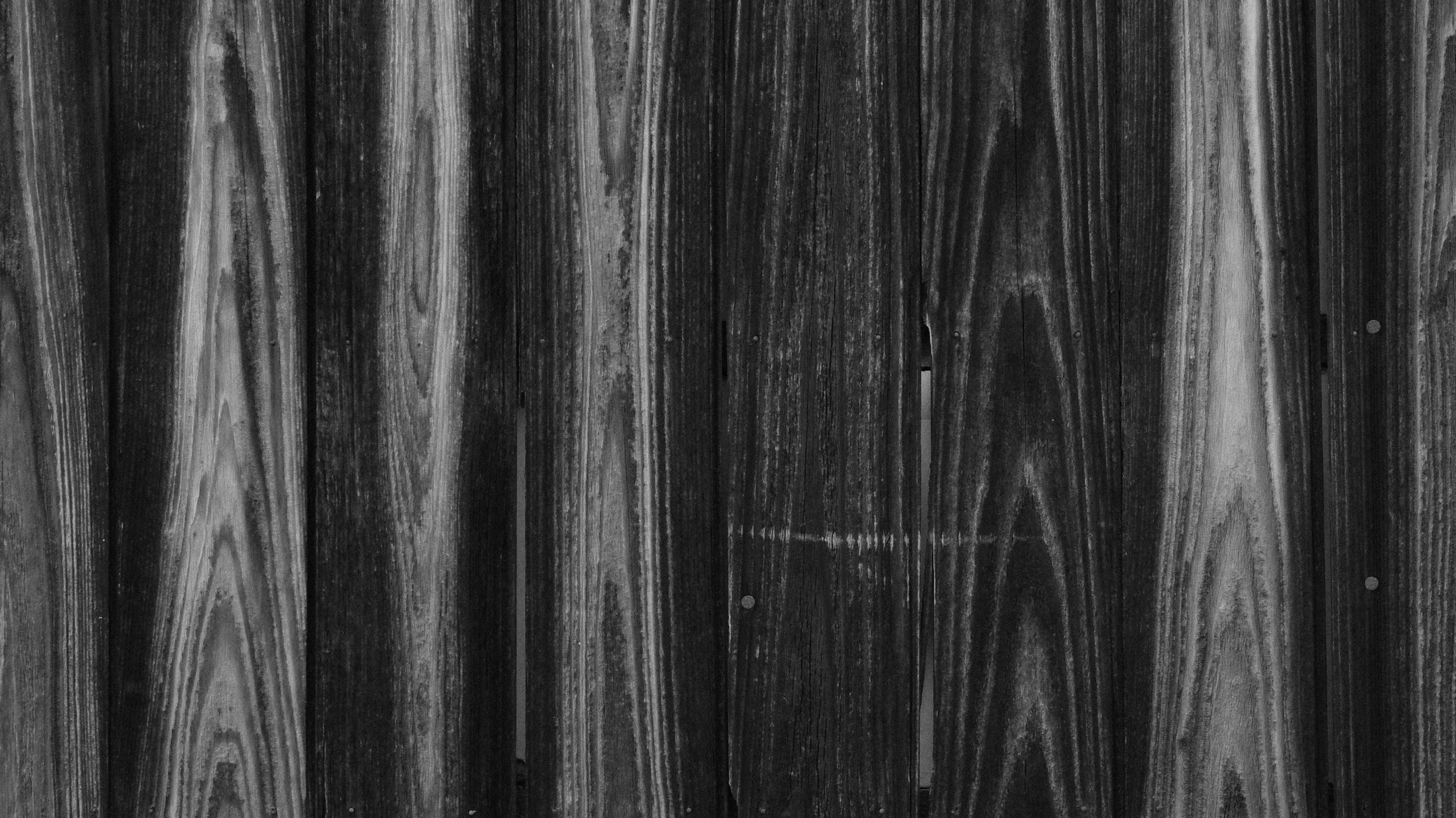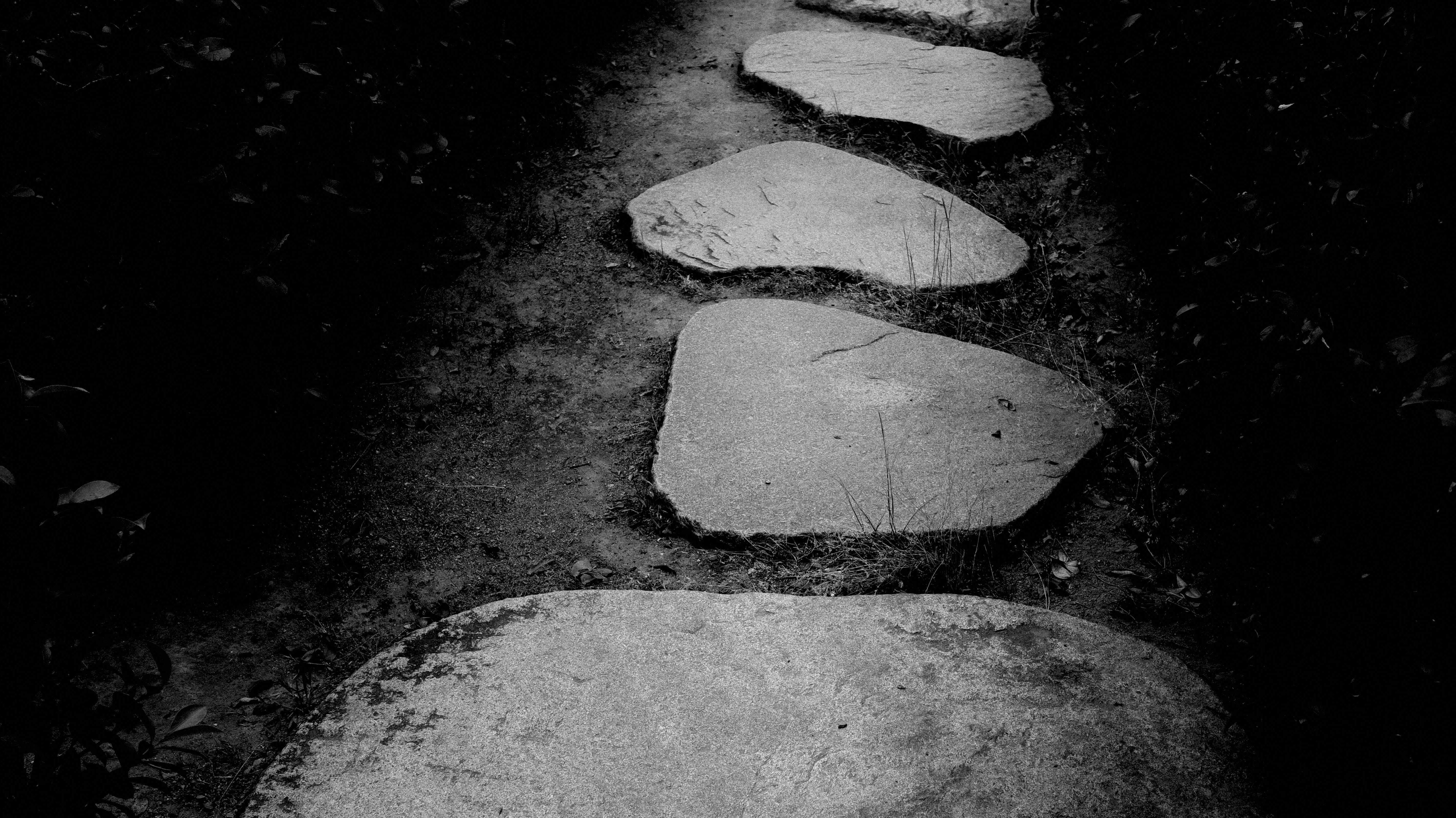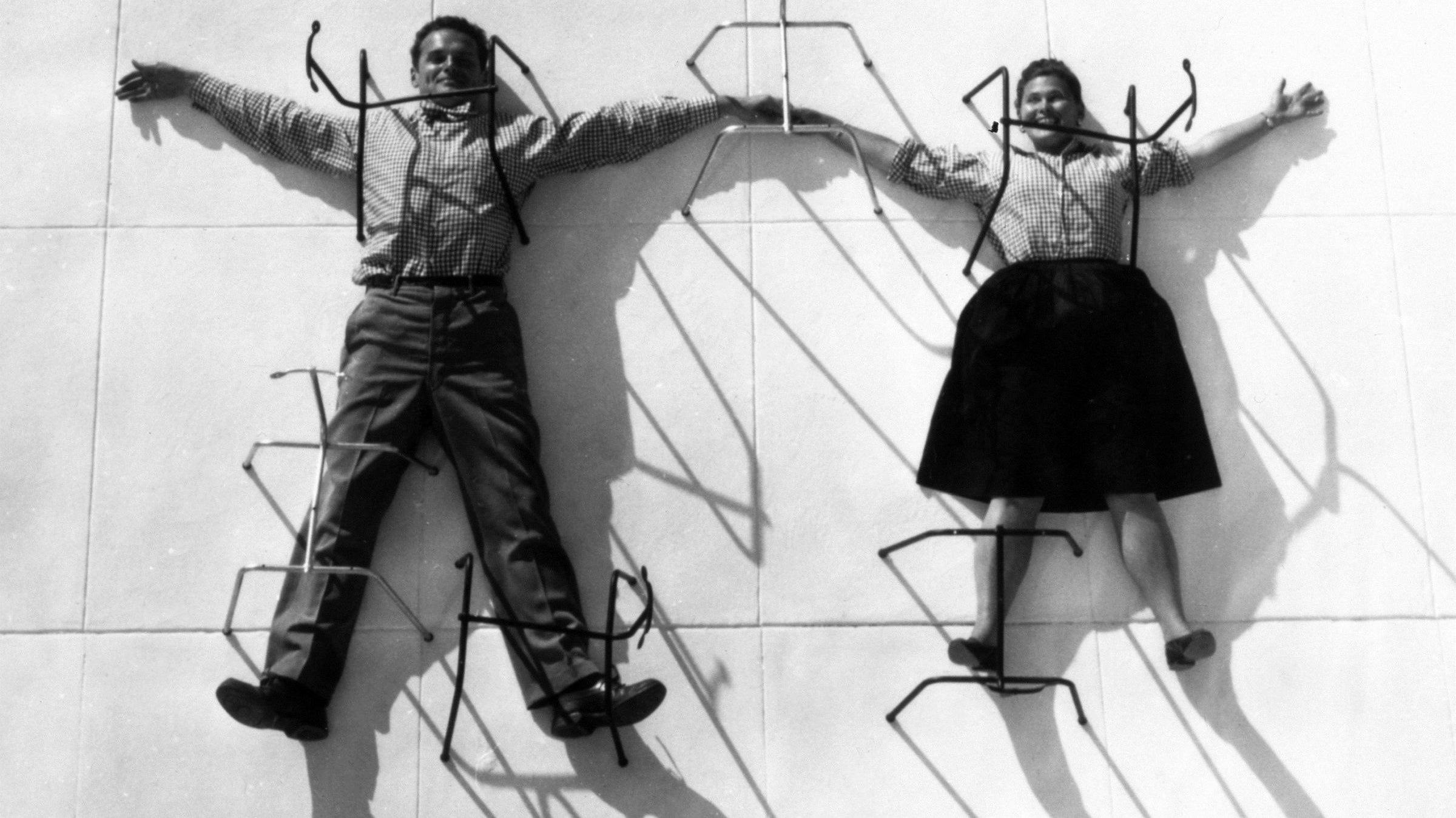In modern design, light is often associated with beauty. Bright spaces, white walls, and large windows are seen as symbols of simplicity, clarity, and openness. But in traditional Japanese design, there is a very different approach—one that values shadow, dimness, and atmosphere.
Details in Japanese interiors come alive not in strong light, but in soft, subtle shadow. This sensitivity to shadow reflects deeper aesthetic values, where subtlety, quietness, and atmosphere are at the core of the design philosophy.
Why Shadow Matters in Japanese Design
Traditional Japanese interiors are known for their calm, dim ambiance. Shoji screens filter daylight gently into rooms, tatami mats soften the atmosphere, and shadows become a part of the experience rather than something to be eliminated. Rather than banishing shadow with artificial lighting, Japanese design embraces it, allowing materials and textures to reveal themselves gradually in low light.
This aesthetic is not only about appearance but also about creating spaces that feel serene and contemplative.
In Praise of Shadows: Tanizaki's Reflection
A key text that explores this aesthetic is In Praise of Shadows, an essay written in the 1930s by Japanese author Junichirō Tanizaki. In this work, Tanizaki discusses how traditional Japanese spaces use shadow to create depth and a sense of calm. He reflects on how dimness shapes the atmosphere of ordinary places, such as the traditional toilet in temples, where a subtle, shaded environment surrounded by greenery and moss invites quiet reflection.
Tanizaki contrasts these spaces with modern bathrooms that are brightly lit and polished, arguing that while they may be more practical, they lack the serene atmosphere created by shadow and soft light.
The Beauty of Materials in Shadow
Tanizaki also examines how shadow influences the appreciation of materials in Japan. For example, in the West, tableware such as silver and steel is polished to a bright shine, reflecting light as a symbol of beauty. In Japan, however, surfaces are often allowed to age and darken, developing a soft patina that looks most beautiful in dim light.
Objects like lacquerware and aged silver take on a subtle glow when seen in shadow, and their textures become more pronounced, creating a mood of calm and softness. This sensitivity to materials and how they interact with light is a hallmark of Japanese aesthetics.
The Japanese approach to lighting also reflects this appreciation for shadow. Traditional paper lamps are designed not to eliminate shadows but to soften them, creating a peaceful, intimate atmosphere. The texture of the handmade paper diffuses light gently, allowing shadows to remain part of the room’s mood.
This balance between light and shadow invites a slower, more careful appreciation of space and materials, where imperfections and subtle details contribute to the overall beauty.

Shadow in Japanese Aesthetics
All of these examples show that shadow is more than atmosphere. It is tied to deeper aesthetic principles in Japanese culture.
Shadows soften imperfections in a way that reflects Wabi-Sabi, the appreciation of transience and imperfection. A lacquer bowl with a worn surface, when seen in dim light, reveals a quiet beauty that might feel harsh under bright illumination.
Shadows also define space and intervals, echoing the idea of Ma, the Japanese concept of the space between things. Without shadows, a tokonoma instantly loses its depth and becomes an ordinary blank space.
Shadows create subtlety and mystery, embodying the feeling of Yūgen, a sense of profound grace and mystery. A partially hidden form or a soft shadow on a wall suggests more than it reveals, leaving space for imagination and contemplation.
In this way, shadow is not just a visual effect but a key part of how beauty is understood and experienced in Japanese aesthetics. It invites a slower, more reflective way of seeing.
As Tanizaki wrote: "If we compare a Japanese-style room to an ink painting, the sliding doors would be the lightest shades, while the tokonoma would be the darkest."
This beautifully captures how Japanese aesthetics embrace the secrets of shadow and skillfully balance light and dark. Even the simplest architectural details shape this interplay, evoking mystery and tranquility so much that time itself seems to slow down in such spaces.
Shadow in Modern Japanese Design
This sensitivity to shadow is not limited to the past. It continues to shape modern Japanese design and architecture.
One notable example is Isamu Noguchi’s Akari Light Sculptures, created beginning in 1951. Noguchi chose the word akari for his lamps, a term that means both light (illumination) and lightness (in weight). His paper lamps produce soft, diffuse light that blends with shadow, transforming spaces into gentle, poetic environments. Handmade paper and bamboo frames reflect a blend of traditional Japanese craft and modernist design, bringing warmth and softness into contemporary interiors.
Similarly, architect Tadao Ando’s minimalist buildings use natural light and shadow as central design elements. In his iconic Church of the Light, for example, Ando carefully designs openings and surfaces so that shadows define the mood of the space, creating places that feel contemplative and quiet.
Through artists and architects like Noguchi and Ando, we can see how this traditional appreciation for shadow remains a living, evolving part of Japanese aesthetics.
What We Can Learn from Shadow in Japanese Design
Today, many contemporary spaces prioritize brightness, openness, and polished surfaces. But this can sometimes result in environments that feel overexposed or sterile.
Japanese design offers a different perspective. It reminds us that shadow brings more than darkness. It brings atmosphere, depth, and quietness. Shadows help us notice subtle textures, natural imperfections, and the interplay between light and dimness, contributing to a feeling of intimacy and calm.

As author Haruki Murakami once wrote: "Where there is light, there must be shadow; where there is shadow, there must be light. There is no shadow without light and no light without shadow."
This philosophy reminds us that light and shadow are interconnected, each giving meaning to the other. In design, as in life, embracing this balance creates spaces that feel thoughtful, human, and alive.
Read More Design Articles:
• How Japanese Everyday Objects Reflect Beauty and Craftsmanship
• 8 Japanese Aesthetics That Might Change How You See Beauty
• What is Wabi Sabi? Embracing the Beauty of Imperfection
• Ma: The Japanese Aesthetic of Negative Space and Time

